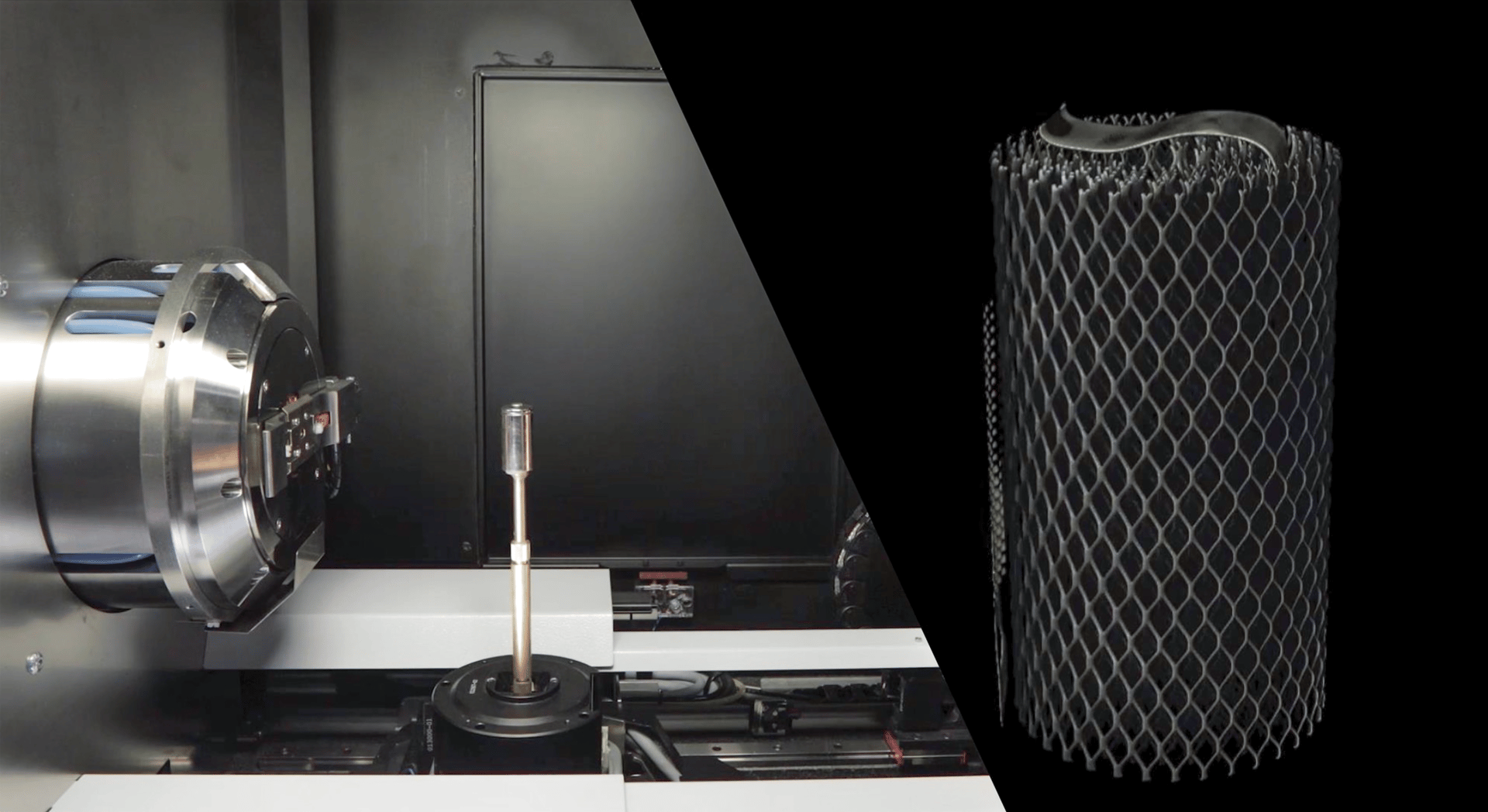
March 2024 • Vol. 103, No. 2
feature articles
Analytical X-ray techniques for chemical and structural characterization of ceramics
X-ray techniques are key instrumental methods for chemical and structural analysis of ceramics. This article provides a high-level overview of several analytical X-ray technologies.
by Nathan Henderson, Tina Hill, David Sampson, and Julia Sedlmair
‘There is always another way to destroy refractories!’ Root cause analysis of a steel ladle argon system breakout
Determining the root cause of a refractory failure issue is essential for liability and safeguarding reasons. A proper root cause analysis must consider all potential sources of failure, from materials to installation to operational factors.
by Tom Vert
Discrete element modeling deepens understanding of microcracking phenomena in refractory materials
A new discrete element method provides a deeper understanding of the relationship between a refractory’s microstructure and its macroscopic thermomechanical properties—paving the way to use microcrack engineering for commercial refractory production.
by Harikeshava Ranganathan, Damien André, Marc Huger, Ratana Soth, and Christoph Wöhrmeyer
Zachariasen and the Manhattan Project
Numerous ceramists played hidden but key roles in the Manhattan Project. This article remembers the work of one such scientist, William Houlder Zachariasen.
by Mario Affatigato
columns
Nondestructive testing equipment and services • by BCC Publishing Staff
Deciphering the Discipline
Entropy-inspired materials design for next-generation electroceramics • by Jackson Spurling
meetings
PACC-FMAs 2024, GOMD 2024, 10th International Congress on Ceramics, and PACRIM16



